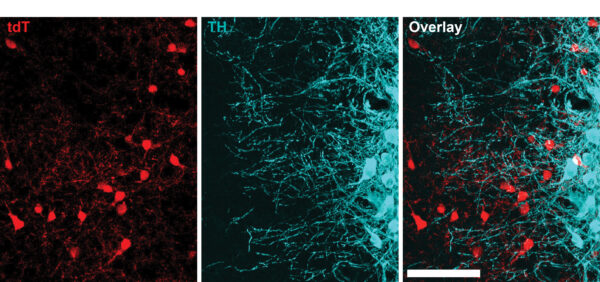Research
We investigate molecular and cellular mechanisms that underlie plasticity of synapses and neuronal circuitry in animal models, as well as the human brain.
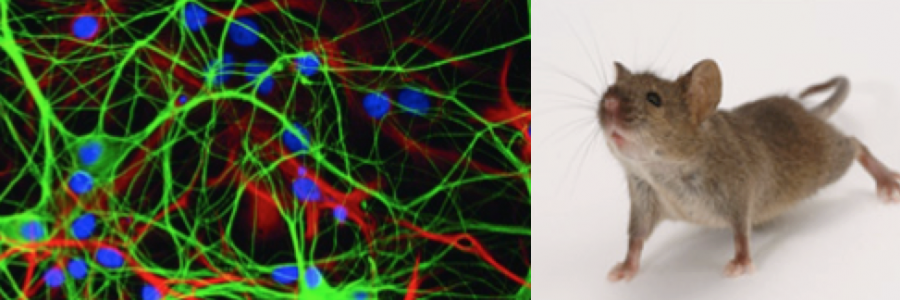
We investigate molecular and cellular mechanisms that underlie plasticity of synapses and neuronal circuitry in animal models, as well as the human brain.

MCN teams contribute to national and international research projects and consortiums
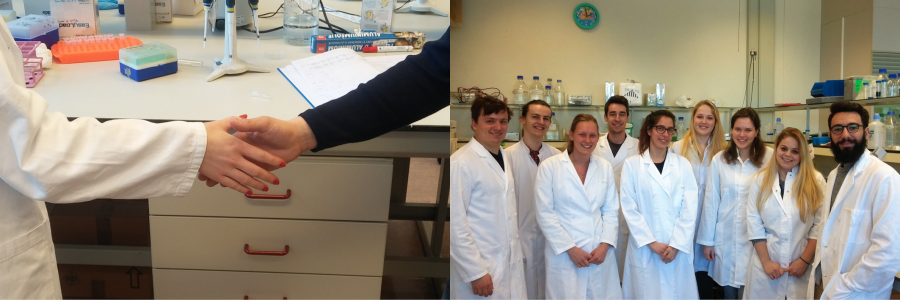
The MCN department was initiated in 2003 and in its current form has ~40 lab members. MCN participates in Amsterdam Neuroscience. Photo: lab outing to France 2023
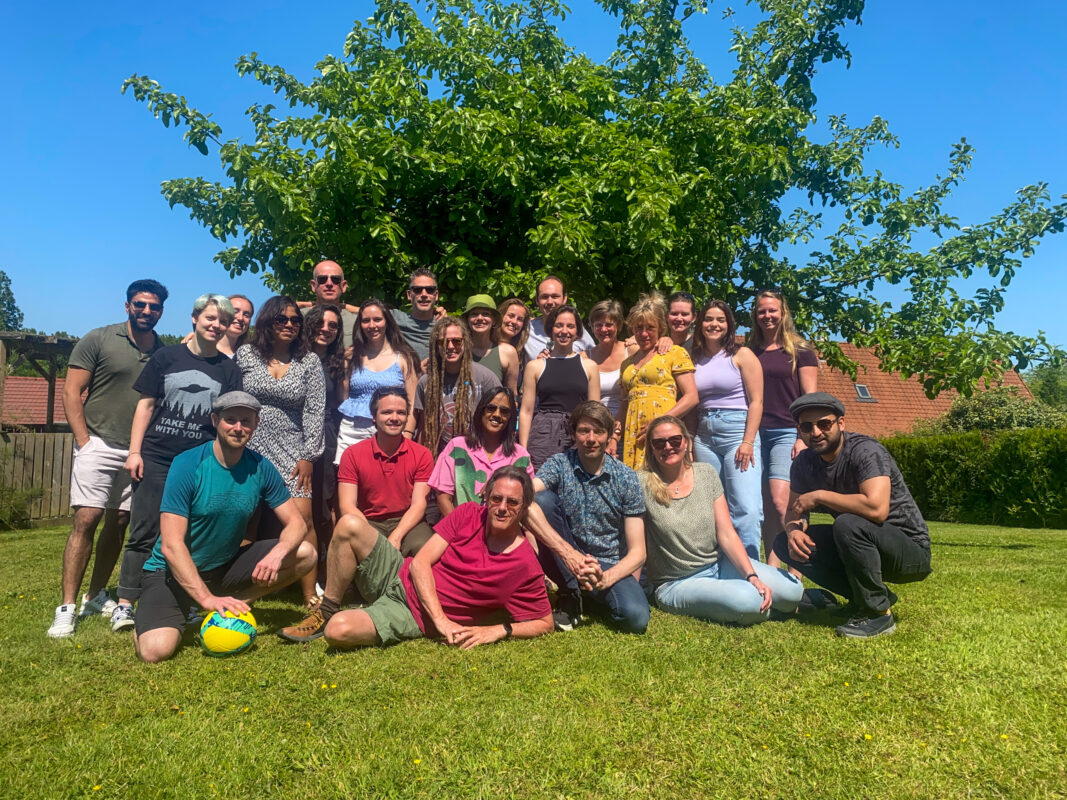
Two postdoctoral researchers from the MCN lab have each been awarded an NWO-XS grant to investigate how synapses on engram neurons (the specific brain cells that store a memory) change to stabilize or modify memories.
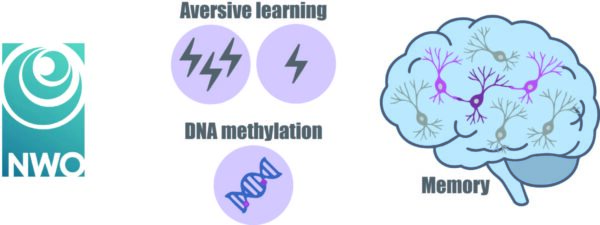
The M2 project is a collaboration with the lab of Dr. Krugers at the UvA. Together, they will investigate how stress hormone levels affect the synaptic and molecular properties of engram neurons, and thereby the specificity of a memory.

In a new study published in Science Advances, Dr. Danai Riga and colleagues explored how the brain’s built-in peptidergic systems help regulate its response to stress
